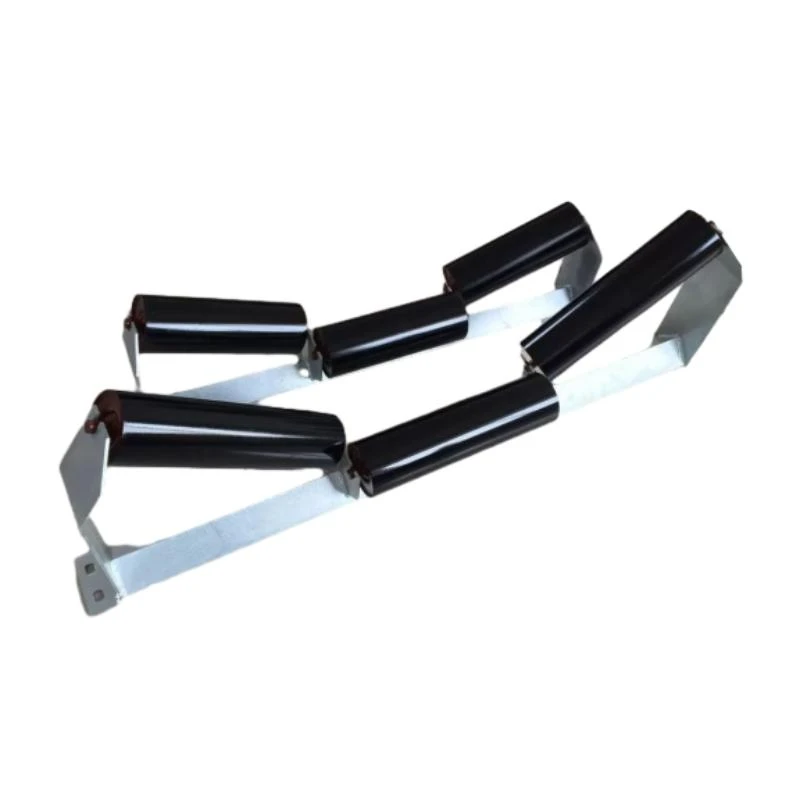 Afrikaans
Afrikaans  Albanian
Albanian  Amharic
Amharic  Arabic
Arabic  Armenian
Armenian  Azerbaijani
Azerbaijani  Basque
Basque  Belarusian
Belarusian  Bengali
Bengali  Bosnian
Bosnian  Bulgarian
Bulgarian  Catalan
Catalan  Cebuano
Cebuano  Corsican
Corsican  Croatian
Croatian  Czech
Czech  Danish
Danish  Dutch
Dutch  English
English  Esperanto
Esperanto  Estonian
Estonian  Finnish
Finnish  French
French  Frisian
Frisian  Galician
Galician  Georgian
Georgian  German
German  Greek
Greek  Gujarati
Gujarati  Haitian Creole
Haitian Creole  hausa
hausa  hawaiian
hawaiian  Hebrew
Hebrew  Hindi
Hindi  Miao
Miao  Hungarian
Hungarian  Icelandic
Icelandic  igbo
igbo  Indonesian
Indonesian  irish
irish  Italian
Italian  Japanese
Japanese  Javanese
Javanese  Kannada
Kannada  kazakh
kazakh  Khmer
Khmer  Rwandese
Rwandese  Korean
Korean  Kurdish
Kurdish  Kyrgyz
Kyrgyz  Lao
Lao  Latin
Latin  Latvian
Latvian  Lithuanian
Lithuanian  Luxembourgish
Luxembourgish  Macedonian
Macedonian  Malgashi
Malgashi  Malay
Malay  Malayalam
Malayalam  Maltese
Maltese  Maori
Maori  Marathi
Marathi  Mongolian
Mongolian  Myanmar
Myanmar  Nepali
Nepali  Norwegian
Norwegian  Norwegian
Norwegian  Occitan
Occitan  Pashto
Pashto  Persian
Persian  Polish
Polish  Portuguese
Portuguese  Punjabi
Punjabi  Romanian
Romanian  Russian
Russian  Samoan
Samoan  Scottish Gaelic
Scottish Gaelic  Serbian
Serbian  Sesotho
Sesotho  Shona
Shona  Sindhi
Sindhi  Sinhala
Sinhala  Slovak
Slovak  Slovenian
Slovenian  Somali
Somali  Spanish
Spanish  Sundanese
Sundanese  Swahili
Swahili  Swedish
Swedish  Tagalog
Tagalog  Tajik
Tajik  Tamil
Tamil  Tatar
Tatar  Telugu
Telugu  Thai
Thai  Turkish
Turkish  Turkmen
Turkmen  Ukrainian
Ukrainian  Urdu
Urdu  Uighur
Uighur  Uzbek
Uzbek  Vietnamese
Vietnamese  Welsh
Welsh  Bantu
Bantu  Yiddish
Yiddish  Yoruba
Yoruba  Zulu
Zulu pulley lagging rubber
The Importance of Pulley Lagging in Industrial Applications
In the field of industrial engineering, the efficiency and reliability of machinery play a crucial role in determining productivity and safety. One important component that often goes unnoticed is the pulley, which is vital in various systems such as conveyor belts, cranes, and other mechanical assemblies. To enhance the performance and longevity of pulleys, lagging—especially rubber lagging—has become a common technique employed across many industries.
Understanding Pulley Lagging
Pulley lagging refers to the application of a protective layer around the surface of a pulley. This surface treatment serves multiple purposes, including improving traction, extending the lifespan of the pulley, and minimizing wear on the belt. The most common material used for lagging is rubber, which offers a combination of flexibility, durability, and excellent friction properties.
Rubber lagging comes in various types, including smooth, textured, and patterned finishes. Depending on the specific needs of an operation, different rubber compounds can be utilized to achieve desired results, such as increased grip or resistance to harsh environmental conditions.
Benefits of Rubber Lagging
1. Enhanced Traction One of the primary benefits of rubber lagging is the increase in friction between the pulley and the conveyor belt. This improved traction reduces belt slippage, ensuring that the material being transported moves efficiently without unwanted delays or losses.
2. Reduced Wear and Tear The protective layer of rubber helps to absorb impacts and vibrations that occur during operation. This absorption minimizes the stress transferred to the pulley and extends its service life. Furthermore, it protects the belt itself from wearing down too quickly, which can result in lower maintenance costs and reduced downtime for equipment.
pulley lagging rubber

3. Resistance to Environmental Factors Many industrial environments expose pulleys to harsh conditions, including extreme temperatures, chemical exposure, and moisture. Rubber lagging can be tailored to withstand these conditions, ensuring that the pulleys operate effectively even in challenging environments. For example, specialized rubber compounds can offer oil resistance for applications involving petroleum products.
4. Noise Reduction Operating machinery can often lead to high levels of noise, which may not only be irritating but also harmful to the operators. Rubber lagging helps dampen vibrations and reduce noise, creating a safer and more pleasant working environment.
5. Ease of Maintenance Regular maintenance of machinery is essential for sustaining performance. Rubber-lagged pulleys tend to require less frequent adjustments and maintenance compared to those without lagging. This ease of maintenance allows operators to focus on critical tasks without the worry of constant pulley issues.
Applications of Rubber Lagging
Rubber lagging is utilized in a vast array of industries, including mining, manufacturing, and material handling. In mining operations, for instance, rubber-lagged pulleys are critical in the transport of ore and other materials across conveyor systems. Similarly, manufacturing plants leverage rubber lagging to ensure consistent and reliable movement of products through assembly lines.
Moreover, in areas where safety is paramount, such as in cranes and hoisting systems, rubber lagging not only enhances performance but also serves as an important safety feature, preventing load slippage and contributing to overall operational safety.
Conclusion
In conclusion, rubber pulley lagging is a simple yet highly effective solution to enhance the functionality and durability of pulleys across various industrial applications. By improving traction, reducing wear and tear, and offering resistance to environmental challenges, rubber lagging plays a vital role in maintaining operational efficiency. Whether in mining, manufacturing, or other sectors, investing in rubber-lagged pulleys can lead to significant benefits, including reduced costs and improved safety. As industries continue to evolve, the adoption of advanced materials and techniques, such as rubber lagging, will undoubtedly pave the way for greater efficiency and productivity in the future.
-
Revolutionizing Conveyor Reliability with Advanced Rubber Lagging PulleysNewsJul.22,2025
-
Powering Precision and Durability with Expert Manufacturers of Conveyor ComponentsNewsJul.22,2025
-
Optimizing Conveyor Systems with Advanced Conveyor AccessoriesNewsJul.22,2025
-
Maximize Conveyor Efficiency with Quality Conveyor Idler PulleysNewsJul.22,2025
-
Future-Proof Your Conveyor System with High-Performance Polyurethane RollerNewsJul.22,2025
-
Driving Efficiency Forward with Quality Idlers and RollersNewsJul.22,2025





























